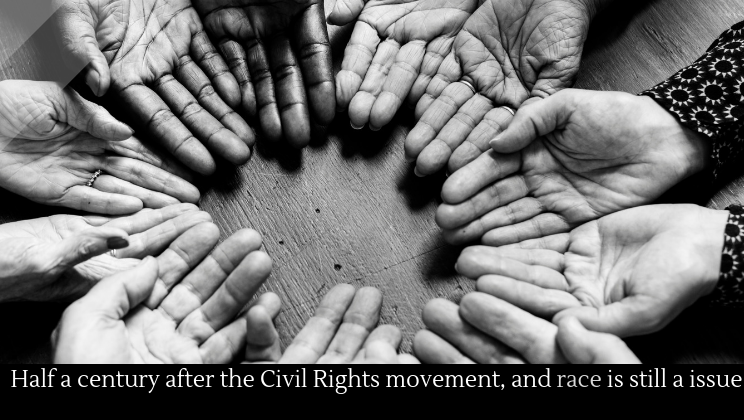Half a century after the Civil Rights movement, and race is still a issue
Posted by Josh Taylor / January 10, 2019
We throw around the terms “race” and “racism” so much that we don’t know what they mean anymore. So let’s start with some quick definitions:
Race: A race is a phenotypically similar group that shares non-biological characteristics such as behavior, disposition, work-ethic, and criminality. In other words, people who look alike tend to act alike.
Racism: The belief that non-biological characteristics are shared by phenotypically similar people. Furthermore, those traits are transmitted through procreation. In other words, people who look alike have the same characteristics, and they pass those characteristics on to whomever they mate with.
Of course, race doesn’t exist. Criminality is not biologically inheritable––instead, it is complexly related to both nature and nurture. Nor are any of the other traits mentioned solely linked to biology. Although race doesn’t exist, the belief in race is still a potent force in America.
Black families are still being targeted for harassment.Vandals spray paint “get out” on their walls and threaten arson:
More than 300 entries were reports of harassment or menacing at people’s homes, targeting people of a variety of races and religions. The most frequent victims were African Americans. Indeed, African Americans are the most frequently victimized group nationally for hate crimes, according to data from the FBI.
This is a very real problem that needs to be addressed. Before doing so, however, it’s important to clarify the national discussion on race. Take this NBC News article, for example, which describes liberal parents who worry about raising their kids in a racially sensitive manner:
People who identified as more politically liberal were much more willing to acknowledge the existence of racism, and to talk to their children about it. Many of these parents identified as specifically anti-racist, and were determined to teach their kids to work against bigotry and inequality. Parents encouraged their kids to do charitable work, for example, both in their own communities and on (expensive) overseas trips.
Comments are off for this post.